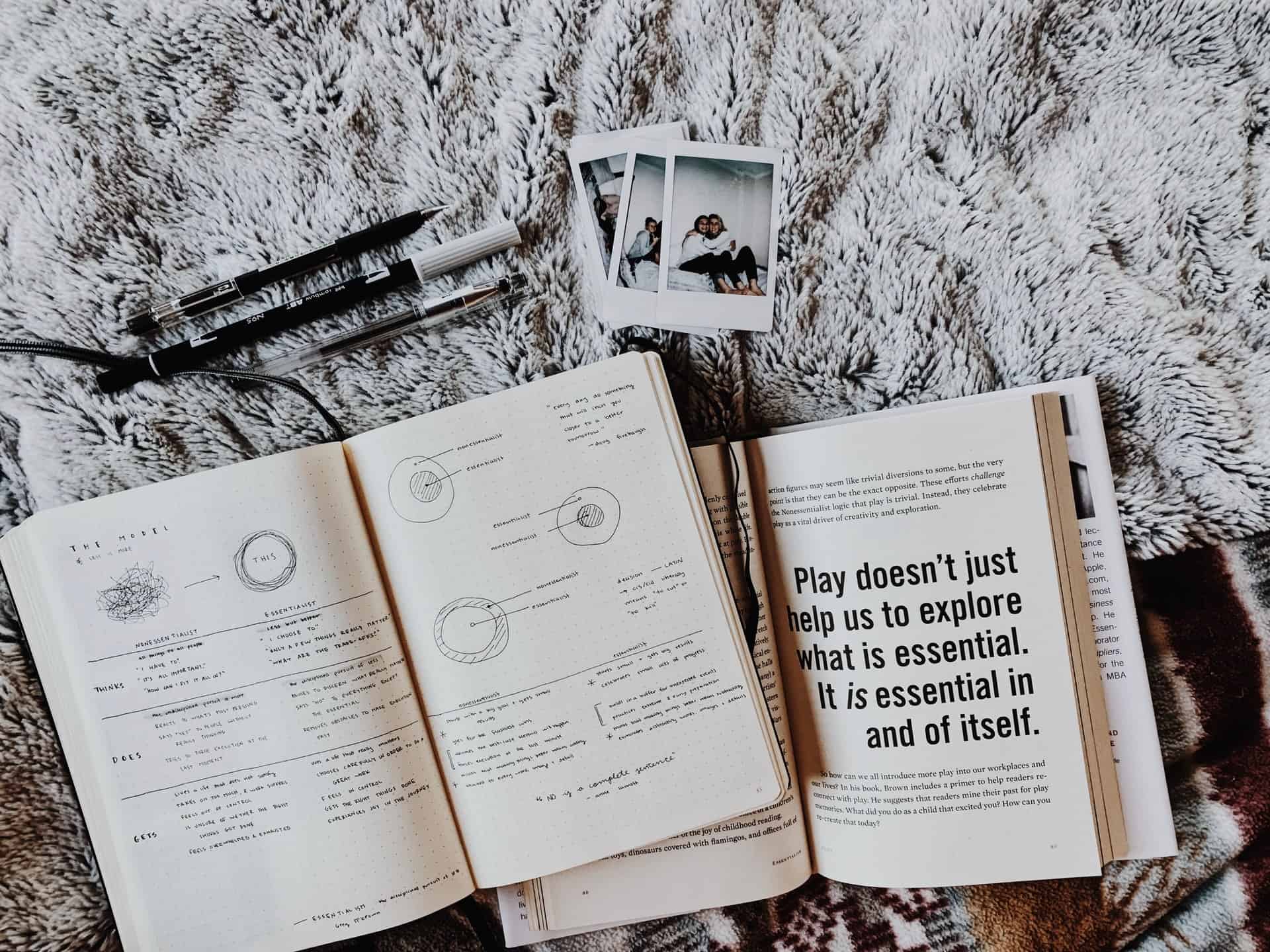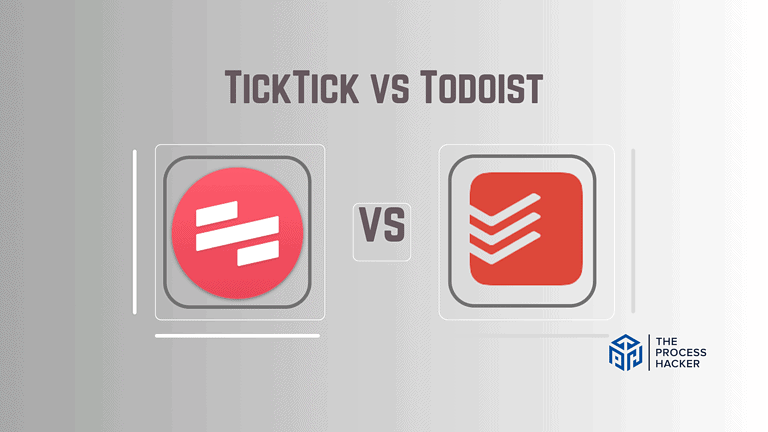Essentialism by Greg McKeown | Book Summary
Are you feeling frustrated and overwhelmed by the sheer multitude of priorities on your never-ending list? Well, if so, it’s time to follow the way of the Essentialist from Greg McKeown and his latest book, Essentialism: The Disciplined Pursuit of Less.
In this inspiring work, McKeown argues that Essentialism “is a systematic discipline for discerning what is absolutely essential, then eliminating everything that is not, so we can make the highest contribution toward the things that really matter.”
In this Essentialism summary, we provide the sound advice that the book contains for entrepreneurs and professionals looking to prioritize their lives and accomplish more with less strain, almost like an invincible power that can be unlocked with just one effective framework!
Buy Essentialism on Amazon
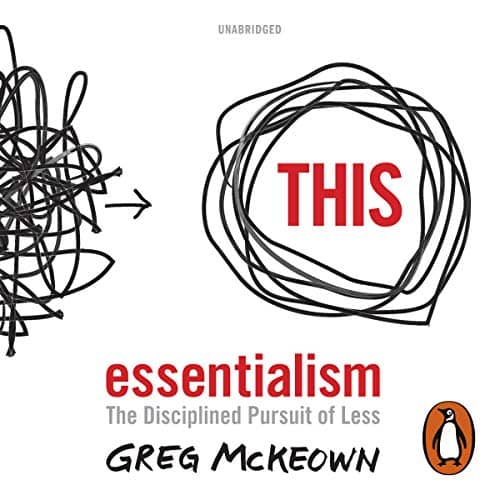
Essentialism by Greg McKeown
The Disciplined Pursuit of Less
Download the PDF Book Summary for Essentialism by Greg McKeown
Introduction
When you are more selective about what is essential in your life, Essentialism empowers you to regain control over how you make decisions and use your time, energy, and attention.
This book will help you discover a whole new way to live life and get less done, but better, in every part of your already overstuffed life.
Chapter 1 – The Essentialist

“Only once you give yourself permission to stop trying to do it all, to stop saying yes to everyone,” you can live by Essentialism:
Essentialism – “a disciplined, systematic approach for determining where our highest point of contribution lies, then making execution of those things almost effortless.”
The Essentialist lives to pursue “less but better.” They want to get the right things done as opposed to getting more things done. They make decisions and use their resources wisely to significantly contribute to what is essential.
This Essentialism model differentiates between the ways of the Essentialist and Nonessentialist:
- Non-Essentialist
- Thinks: “All things to all people.”
- Does: “The undisciplined pursuit of more.”
- Gets: “Lives a life that does not satisfy.”
- Essentialist
- Thinks: “Less but better.”
- Does: “The disciplined pursuit of less.”
- Gets: “Lives a life that really matters.”
Many people get caught in “the paradox of success,” which consists of four predictable phases:
- When we gain clarity of our purpose, it empowers us to achieve success in our endeavors.
- When we achieve success, we gain a reputation as reliable person who is always there when we need them. As a result, we are presented with increased opportunities.
- When we get increased opportunities, we commit more with greater demands on our time and energy. As a result, our efforts get more diffused, and we get spread too thin.
- When we get spread too thin, we get distracted from what should be our highest contribution. As a result, our success undermines the clarity that helped us become successful in the first place.
The relentless pursuit of success can distract us from focusing on what is essential, which may result in failure.
Several trends support why many fall into Non-Essentialism:
- Too Many Choices: Many choices diminishes our ability to make quality decisions.
- Too Much Social Pressure: Many influences overloads us with too much information.
- Idea That “You Can Do It All:” Many priorities just means that nothing is a priority.
Note: “The word priority came into the English language in the 1400s. It was singular. It meant the very first or prior thing. It stayed singular for the next five hundred years. Only in the 1900s did we pluralize the term and start talking about priorities.”
Instead, Essentialism will help you live a life true to yourself and not that which others expect from you. The book consists of four sections:
- Essence: Understand the core mindset of an Essentialist.
- Explore: Discern the trivial many from the vital few.
- Eliminate: Cut out the trivial many.
- Execute: Remove all the obstacles and make execution effortless.
Part I: Essence: What Is The Core Mindset Of An Essentialist?

This part of Essentialism discusses the three realities that make Essentialist thinking relevant and possible. Understanding these realities will help us think like an Essentialist.
Chapter 2 – Choose: The Invincible Power Of Choice
“To become an Essentialist requires a heightened awareness of our ability to choose… When we forget our ability to choose, we learn to be helpless. Drip by drip we allow our power to be taken away until we end up becoming a function of other people’s choices—or even a function of our own past choices.”
We often believe the choice is a thing and something we have. We overemphasize the available choices (options) and underemphasize our ability to choose (free will).
However, the choice is an action or something we do:
Choice – the very act of selecting or making a decision that cannot be taken from us
When we forget to choose, we learn to become helpless and cannot understand the trade-offs. Thus, at the core of Essentialism is our power to decide how to spend our personal resources:
- Nonessentialist: “I have to.” – forfeits the rights to choose
- Essentialist: “I choose to.” – exercises the power of choice
Chapter 3 – Discern: The Unimportance Of Practically Everything
Hard meaningful work, getting organized, and taking action are important. However, 10X the effort does not necessarily correlate to more results. “Less but better does.”
At first, our effort will produce correlated results, but, at a certain point, our effort plateaus and can stall. We can discern using the 80/20 Rule:
80/20 Rule (Pareto Principle) – tells us to distinguish from the trivial many and focus on the 20% of the causes (vital few) that produce the 80% of consequences
Our world is cluttered with many things that are worthless (noise), with very few things being precious (signal). Thus, Essentialism requires discerning what is essential:
- Nonessentialist: “It’s all important.” – thinks that almost everything is essential; views opportunities equally
- Essentialist: “It’s all mostly unimportant.” – thinks that almost everything is nonessential; distinguishes the vital few from the trivial many
Chapter 4 – Trade-Off: Which Problem Do I Want?
It would be fantastic if we did not have to evaluate or eliminate choices. However, “saying yes to any opportunity by definition requires saying no to several others.”
Thus, real trade-offs are inherent to life, so we need to accept them:
Trade-off – the choice that involves losing opportunities in return for the gains of another one
Thus, even though trade-offs seem painful, they pose a significant opportunity. We have to weigh both options and strategically choose the seemingly very good option to greatly improve the chance of achieving the result we want.
Thus, Essentialism requires accepting the trade-offs:
- Nonessentialist: “I can do it all.” – believes they can do it all without having trade-offs
- Essentialist: “What can I go big on?” – asks about trade-offs and where to focus efforts
Part II: Explore: How Can We Discern The Trivial Many From The Vital Few?
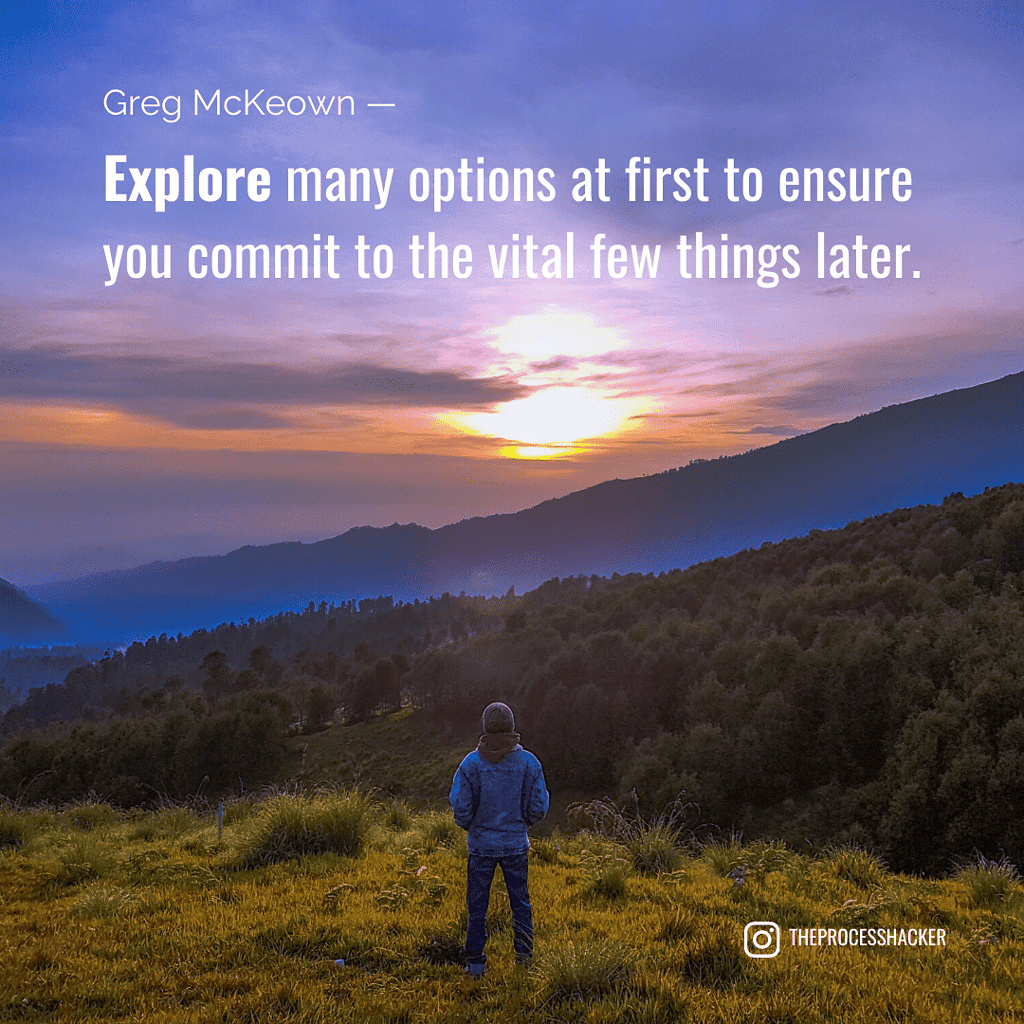
The second part of Essentialism shows you five practices for exploring and evaluating your trivial set of options before committing to the vital few.
Chapter 5 – Escape: The Perks Of Being Unavailable
We fail to create space to think by defeat. However, we have to do so intentionally by design to discern the vital few from the trivial many.
Thus, Essentialism requires exploring our options to gain clarity regarding what really matters:
- Nonessentialist – believes that they are too busy to think about their life
- Essentialist – creates the space to escape and explore their life
You need to make daily space to escape your busy life to focus and do the following:
- Design: Explore the myriad of questions and possibilities in your field of vision.
- Concentrate: Think about and reflect on your work without distraction.
- Read: Inspire you and challenge your assumptions about what exists and really matters.
Chapter 6 – Look: See What Really Matters
It is impossible to explore all the information encountered in life. So, you need to determine the essential by “being disciplined in how we scan and filter all the competing and conflicting facts, options, and opinions constantly vying for our attention.”
Thus, Essentialism requires you to be an intentional observer and listener:
- Nonessentialist – focuses on the loudest voice, hears everything that is discussed, and becomes overwhelmed by the information
- Essentialist – focuses on the signal in the noise, hears what is not being discussed, and filters to find the essential information
Amid the distractions of life, you can tap into your inner journalist as follows:
- Keep a Journal: Make daily journaling a habit and reflect on the patterns and trends.
- Get into the Field: Fully immerse yourself in the issue to discover the essential factors.
- Seek Abnormal Details: Find the unusual details or behaviors that don’t fit the story.
- Clarify the Question: Stop to determine goals, settle on an action plan, and execute.
Chapter 7 – Play: Embrace The Wisdom Of Your Inner Child
When growing up in childhood, most of us did not formally learn how to play as it was natural and intuitive. However, as we grew up, we were influenced to believe that play is trivial and childish.
Instead, Essentialism values and encourages play throughout life:
- Nonessentialist – believes that play is trivial, unnecessary, and a waste of time
- Essentialist – knows that play is essential, resulting in creativity, growth, and exploration
Play expands your mind and fuels exploration in at least three specific ways:
- Broadens available options, expands our perspective, and challenges our assumptions.
- Relieves stress, which decreases our creativity, productivity, ability to think clearly.
- Mentally stimulates, especially critical thinking, creative imagination, and idea generation.
Chapter 8 – Sleep: Protect The Asset
“The best asset we have for making a contribution to the world is ourselves.” If we let our type A instincts take over and underinvest in ourselves, we damage the asset and burn out.
Thus, Essentialism values sleep as a necessity to perform and contribute at the highest levels:
- Nonessentialist – believes that less sleep is a luxury that can be traded off for a little more productivity; sleep is for those who are failures, lazy, and lame
- Essentialist – knows that more sleep is a priority that results in much more productivity; sleep breeds high levels of performance, creativity, and contribution
Research shows that enough sleep makes us more productive, while sleep deprivation hinders high performance. Adequate sleep improves our ability to think critically, solve problems, and explore creatively. Thus, “our highest priority is to protect our ability to prioritize” by sleeping.
Chapter 9 – Select: The Power Of Extreme Criteria
When making decisions with broad selection criteria, we will commit to too many opportunities, and either we suffer, or our contribution suffers. Thus, we should be more selective as “if it isn’t a clear yes, then it’s a clear no.”
You can think of this principle in terms of the 90% Rule:
90% Rule – when evaluating an option or criterion for a decision on a scale from 0 to 100, if you score it lower than 90%, you should reject it
Applying selective criteria “forces us to make decisions consciously, logically, and rationally, rather than impulsively or emotionally.”
Even though you may turn down many good options, Essentialism empowers you to decide by design than by default:
- Nonessentialist – uses broad, implicit criteria to say yes to almost every opportunity
- Essentialist – uses narrow, explicit criteria to say yes to the top 10% of opportunities
Follow these steps for applying highly selective criteria to the opportunities that show up in your life:
- Opportunity: Write down the option that is being offered to you.
- Minimum: List three minimum criteria you need to consider this option. If it doesn’t pass these criteria, then the answer is an obvious no.
- Extreme: List three ideal or extreme criteria required to approve this option. If it doesn’t pass two of the three extreme criteria, the answer is still no.
Download the PDF Book Summary for Essentialism by Greg McKeown
Part III: Eliminate: How Can We Cut Out The Trivial Many?
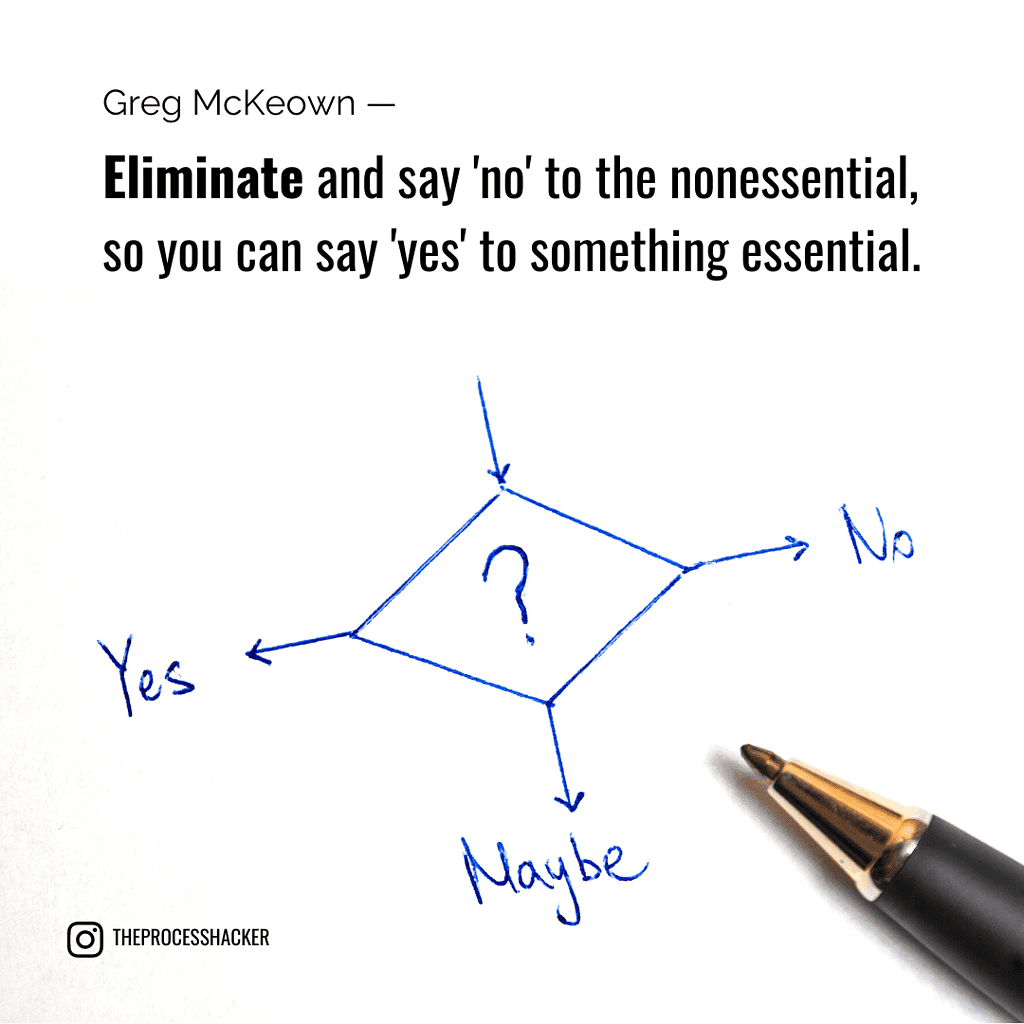
The third part of Essentialism: The Disciplined Pursuit of Less shows you how to eliminate the nonessentials to manage your time to accomplish what is essential.
Chapter 10 – Clarify: One Decision That Makes Achieving A Thousand
Many businesses and people lack clarity of purpose and defined high-level goals. As a result, people do not have the human motivation for making progress.
When teams lack clarity or a clear sense of purpose, they typically suffer from two familiar patterns:
- Playing Politics: People become highly focused on gaining favor with their manager.
- It’s All Good: Teams become leaderless, and people act to serve their own interests.
Similarly, individuals focus on the trivial many, fail to achieve their mission, and experience stress, confusion, and frustration.
However, when businesses and people have clarity, they thrive. And we can gain clarity in our teams and own life by determining our essential intent:
Essential Intent – one decision that eliminates a thousand later decisions that are:
- Essential: If we could be truly excellent at only one thing, what would it be?
- Inspirational: How will we know when we have succeeded?
- Intentional: Does it guide your greater sense of purpose?
Essential Intent helps you eliminate activities that are misaligned with what you want to achieve:
- Nonessentialist – has an ambiguous, general vision; has quarterly goals that are not exciting or inspiring; has undefined values or values with no way to implement them
- Essentialist – has a clear, inspiring vision and strategy; has intentions to be both memorable and meaningful; makes decisions that eliminate work and solve problems
Chapter 11 – Dare: The Power Of A Graceful “No”
It is difficult to dare to choose what is essential and say “No” to nonessentials for two reasons:
- Lack of Clarity of the Essential: This reason makes you defenseless to nonessential requests. Gaining clarity improves internal defenses and provides courage to say “No.”
- Fear of Social Awkwardness: This reason makes you feel guilty, so you say “Yes” to not let people down. Instead, learn to “say no firmly, resolutely, and yet gracefully.”
Thus, Essentialism empowers the most effective people to say “No” to the nonessential:
- Nonessentialist – avoids saying no to cave into social pressure; says yes to everything
- Essentialist – dares to say no firmly, resolutely, and gracefully; says yes to the essential
These guidelines can help you say “No” gracefully:
- Differentiate the Decision from your relationship with the other person.
- Communicate “No” Nonverbally by refusing someone clearly and politely.
- Focus on the Trade-off, or the opportunity cost you are giving up when you say yes.
- Remember that Everyone is Selling an idea, perspective, or opinion for your time.
- Value Long-Term Respect as saying “no” often causes short-term popularity loss.
- Use Clear “No’s” to be more graceful than using a vague or noncommittal “Yes.”
“No” Repertoire: Here are eight tactics to further help you say “no” with grace:
- The awkward pause – Count to three before delivering your response or wait for them.
- The soft “no” (or the “no but”) – Use email to say “No” with reduced awkwardness.
- Say, “Let me check my calendar and get back to you.” – Pause to check availability.
- Use email bouncebacks – Sets expectations for your absence or unresponsiveness.
- Say, “Yes, what should I deprioritize? – Makes your leadership aware of the trade-off.
- Say it with humor – Defuses the situation and disarms the other with laughter.
- Say, “You are welcome to X. I am willing to Y.” – Give some support to their request.
- “I can’t do it, but X might be interested.” – Direct them to someone who can help.
Saying “No” takes practice as, at first, we have limited experience. Over time, deliberate practice will empower you to get to the point of saying “Yes” slowly and “No” quickly.
Chapter 12 – Uncommit: Win Big By Cutting Your Losses
A significant reason that people have trouble cutting their losses is due to Sunk-cost Bias:
Sunk-cost Bias – “the tendency to continue to invest time, money, or energy into something we know is a losing proposition simply because we have already incurred, or sunk, a cost that cannot be recouped”
When you invest so much into something, it is difficult to let it go. Essentialism helps us have the courage and confidence to overcome sunk costs:
- Nonessentialist – continues a behavior or endeavor due to the previously invested resources; avoids admitting to mistakes
- Essentialist – understands the future investment required and the trade-offs; admits to mistakes and allows themselves to cut losses
You can avoid commitment traps by doing the following:
- Beware of the Endowment Effect, which is the tendency to overvalue your things while undervaluing things that you don’t own.
- Pretend You Don’t Own It Yet to counteract the endowment effect.
- Ignore the Fear of Waste as you have been influenced to avoid seeming wasteful.
- Admit to Your Mistakes to make them part of the past and improve for the future.
- Stop Trying to Force a Fit by trying to force something that doesn’t work.
- Get a Neutral Second Opinion of someone not invested or affected by the outcome.
- Beware of the Status Quo Bias, which is the tendency to keep things the way they are.
- Apply Zero-based Budgeting to justify every commitment or activity from scratch.
- Stop Making Casual Commitments as many fill up their time with soft commitments.
- Pause Before You Speak to avoid making a regrettable commitment.
- Ignore the Fear of Missing Out (FOMO) as it is natural to feel an aversion to loss.
- Run a Reverse Pilot to remove an initiative or activity that has negative consequences.
Chapter 13 – Edit: The Invisible Art
“To attain knowledge add things every day. To attain wisdom subtract things every day.”
In media, “a good editor is someone who uses deliberate subtraction to actually add life to the ideas, setting, plot, and characters.” They can remove that which is not important or relevant.
In Essentialism, editing helps you focus on and contribute to what matters through subtraction:
- Nonessentialist – believes that making something better requires addition; wants to perfect every word, image, or detail
- Essentialist – believes that making something better requires subtraction; removes the unnecessary, irrelevant, or trivial things like words, images, and all the minor details
Apply these four simple principles to edit the nonessentials out of your life:
- Cut: Remove the options or activities that get in the way, even if they seem reasonable.
- Condense: Do more with less to shift the ratio of your activity to be more meaningful.
- Correct: Make course corrections to revert activity or behavior back to our purpose.
- Edit Less: Have the discipline not to change everything and leave certain things be.
When you edit your life, you will be able to focus and give energy to the things and people that matter, specifically allowing for your most meaningful relationships to strengthen.
Chapter 14 – Limit: The Freedom Of Setting Boundaries
Today, technology has removed the boundaries between our personal and professional lives. Also, many believe that boundaries are constraining and a sign of weakness.
However, Essentialism recognizes that boundaries empower us to focus on the essential:
- Nonessentialist – believes that boundaries are constraining; expends effort to try the direct “No”
- Essentialist – knows that boundaries provide freedom; creates rules that remove the need for a direct “No”
These guidelines help you set boundaries that protect you from other people’s agendas:
- Avoid Solving their Issues as you become an enabler and prevent them from solving.
- Boundaries Provide Freedom in terms of clear limits and options for you and others.
- Find Your Dealbreakers or the requests or activities that you will refuse to say yes to.
- Craft Social Contracts or an agreement outlining your goals, priorities, and boundaries.
Over time, the practice of setting and enforcing your boundaries will get easier.
Part IV: Execute: How Can We Make Doing The Vital Few Things Almost Effortless?

The fourth part of Essentialism shows you how to invest the time you have saved to remove the barriers, create systems, and make execution easier.
Chapter 15 – Buffer: The Unfair Advantage
We live in a changing, unpredictable world, and many of us are unprepared. Therefore, we can be reactive and wait for the worst to occur.
Or we can be proactive and create a buffer:
Buffer – “something that prevents two things from coming into contact and harming each other”
Even though we can’t prepare or anticipate every possible scenario, we have to expect the unexpected. We can establish buffers to reduce the friction of executing the essential:
- Nonessentialist – assumes the best-case scenario; procrastinates on the execution
- Essentialist – accounts for unexpected outcomes; prepares for the execution
Use these tips to help you create a buffer to stay focused:
- Use Good Times to save resources and prepare for the eventual bad times.
- Use Extreme Preparation for the most extreme and challenging scenarios.
- Add 50% to Your Time Estimate as we tend to underestimate how long a task takes.
- Develop a Risk Management Strategy by asking these five questions:
- 1. What risks do you face on this project?
- 2. What is the worst-case scenario?
- 3. What are the social impacts of this scenario?
- 4. What are the financial impacts of this scenario?
- 5. How can you invest in reducing the risks or strengthening financial or social resilience?
Chapter 16 – Subtract: Bring Forth More By Removing Obstacles
Many people are reactive to their work and life in front of them, constantly dealing with issues and crises. However, the solutions typically are minor, temporary fixes for the short term.
Instead, if you want to achieve your long-term goals, you need to subtract “The One Thing” (book summary) or the biggest obstacle in your way.
“By systematically identifying and removing this “constraint” you’ll be able to significantly reduce the friction keeping you from executing what is essential:”
- Nonessentialist – does more work and piles on quick-fix solutions
- Essentialist – brings forth more and eliminates barriers to everyday progress
You can produce more “by removing more instead of doing more.” These three steps help you focus and subtract the constraints or obstacles in your way:
- Gain Clarity about Essential Intent: Get clear on your desired outcome and purpose.
- Identify “The One Thing”: List and prioritize your largest obstacle that, if removed, would have the most significant positive impact.
Chapter 17 – Progress: The Power Of Small Wins
Many people force the big win by trying to do too much, achieve practically everything, or fit it all in. However, “the more we reach for the stars, the harder it is to get ourselves off the ground.
Instead, even a small win makes all the difference. Thus, starting with a small, concrete win creates momentum. Then, capture that momentum to achieve win after win until you have made significant progress.
Thus, Essentialism can help you make breakthroughs when you focus on the small and simple wins to build momentum:
- Nonessentialist – focuses on the big, flashy goal and achieves small results
- Essentialist – starts with the minimum viable progress and celebrates the small wins to achieve major results
There are two primary internal motivators for human beings: achievement and recognition for achievement. Thus, the Essentialism pursues the small wins, so these techniques help you make consistent progress and celebrate small wins:
- Focus on Minimal Viable Progress: Remember that “done is better than perfect.”
- Do the Minimal Viable Preparation: Start early with the minimal possible investment.
- Visually Reward Progress: Create a tracker, as seeing progression is powerful.
Chapter 18 – Flow: The Genius Of Routine
When one lacks routine, we get pulled in different directions by the many distractions of life. However, you can create habits to help you focus and execute the essentials automatically.
Thus, Essentialism helps us build routines to get us into flow:
- Nonessentialist – attempts to execute using force
- Essentialist – creates a process or system to focus on the essential and make execution easy
In The Power of Habit (book summary), Charles Duhigg states that every habit forms a loop with these parts:
- Cue – “a trigger that tells your brain to go into automatic mode and which habit to use”
- Routine – “the behavior itself, which can be physical, mental, or emotional”
- Reward – the response to help your mind decide whether to remember it in the future
The habit loop “becomes more automatic as the cue and reward become neurologically intertwined.
Thus, you can replace ineffective routines with those that focus on the essentials:
- Overhaul Your Triggers: Find the triggering cue and change the associated routine.
- Create New Triggers: Create new cues to trigger a new routine that you want to start.
- “Eat That Frog” (book summary): Do the most challenging task first thing in the morning.
- Mix Up Your Routines: Avoid routine fatigue by changing routines on different days.
- Tackle Routines One-by-One: Focus on one desired habit until it becomes automatic.
Chapter 19 – Focus: What’s Important Now?

Many are stuck in the past or looking to the future and they miss the present moment. Yes, “we can learn from the past and can imagine the future.”
However, ask yourself what is essential now, in the present. You should apply all of your energy and attention to the present essential task.
Thus, Essentialism gets us to live life at the moment:
- Nonessentialist – worries about the future or stresses about the past
- Essentialist – focuses on the present and enjoys the moment
Many think they can multi-focus; however, you can’t “concentrate on two things at the same time.” Instead, you should be present with one thing at a time using these tips:
- Pause to Prioritize: When overwhelmed, step back to determine what is the most important task at that moment.
- Get It Out of Your Head: When stuck in the future, write down the ideas in your head to clear your mind to focus on the current task.
- Prioritize: Using your list, determine what is most essential and work until it’s done.
Chapter 20 – Be: The Essentialist Life
“We can all purge our lives of the nonessential and embrace the way of the Essentialist—in our own ways, and in our own time, and on our own scale. We can all live a life not just of simplicity but of high contribution and meaning.”
Now, we will learn how to use the practice of Essentialism to become a true essentialist. You may think that it is about achieving great levels of further success.
Rather, Essentialism is “about living a life of meaning and purpose,” which can radically improve your life in these ways:
- More Clarity: Experience a reprioritization of what is really essential in life.
- More Control: Gain the confidence to make decisions in alignment with your priorities.
- More Enjoyment of the Process: Be more present and joyful in the moment.
“The life of an Essentialist is a life lived without regret. If you have correctly identified what really matters, if you invest your time and energy in it, then it is difficult to regret the choices you make. You become proud of the life you have chosen to live.”
“Whatever decision or challenge or crossroads you face in your life, simply ask yourself, “What is essential?” Eliminate everything else.”

Download the PDF Book Summary for Essentialism by Greg McKeown
Next Steps: Check out Essentialism
In Essentialism, Greg McKeown teaches you the way of the Essentialist. You can discern what is essential, eliminate everything that is trivial, and execute on contributing to what matters the most to you.
Be selective in the choices you make and the way you use your personal resources. And in the end, you will live in alignment with Essentialism to do less but better in all aspects of your life. I hope you feel deeply inspired to get your own copy of the book or check out the online resources.

